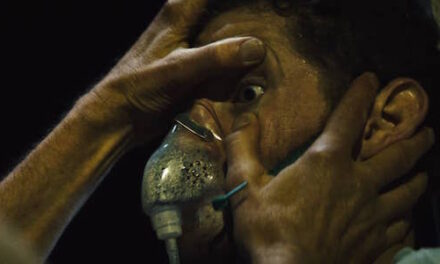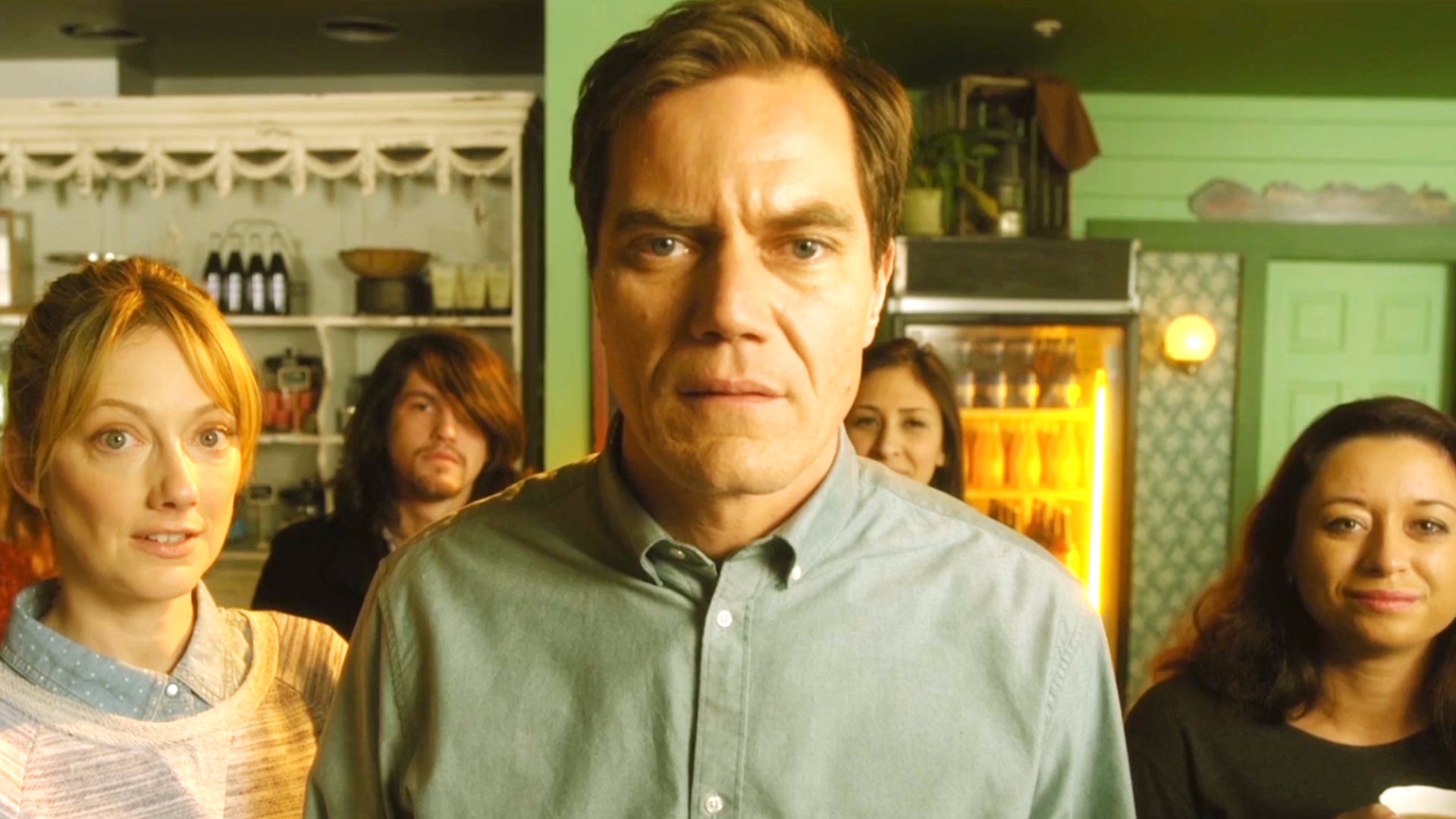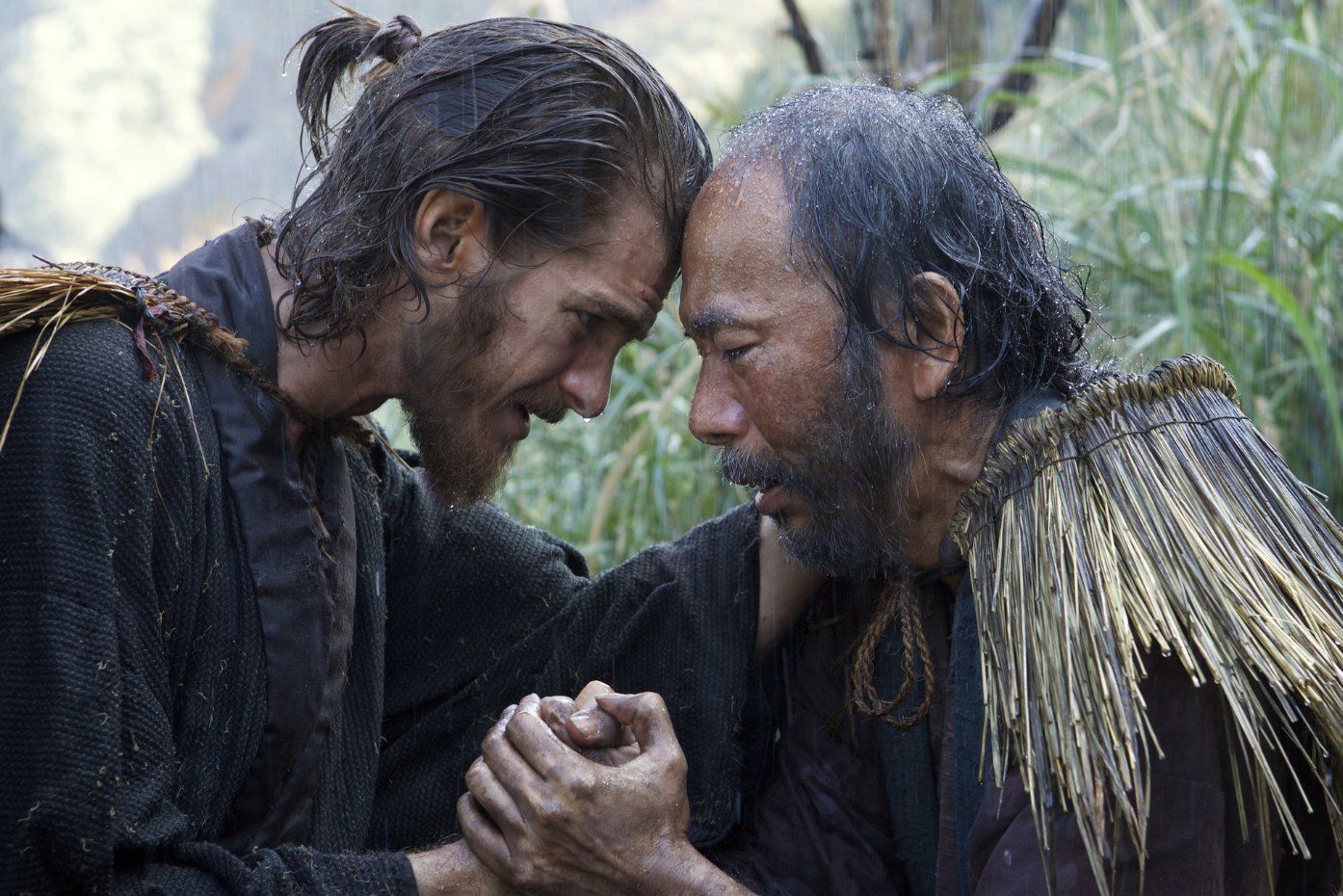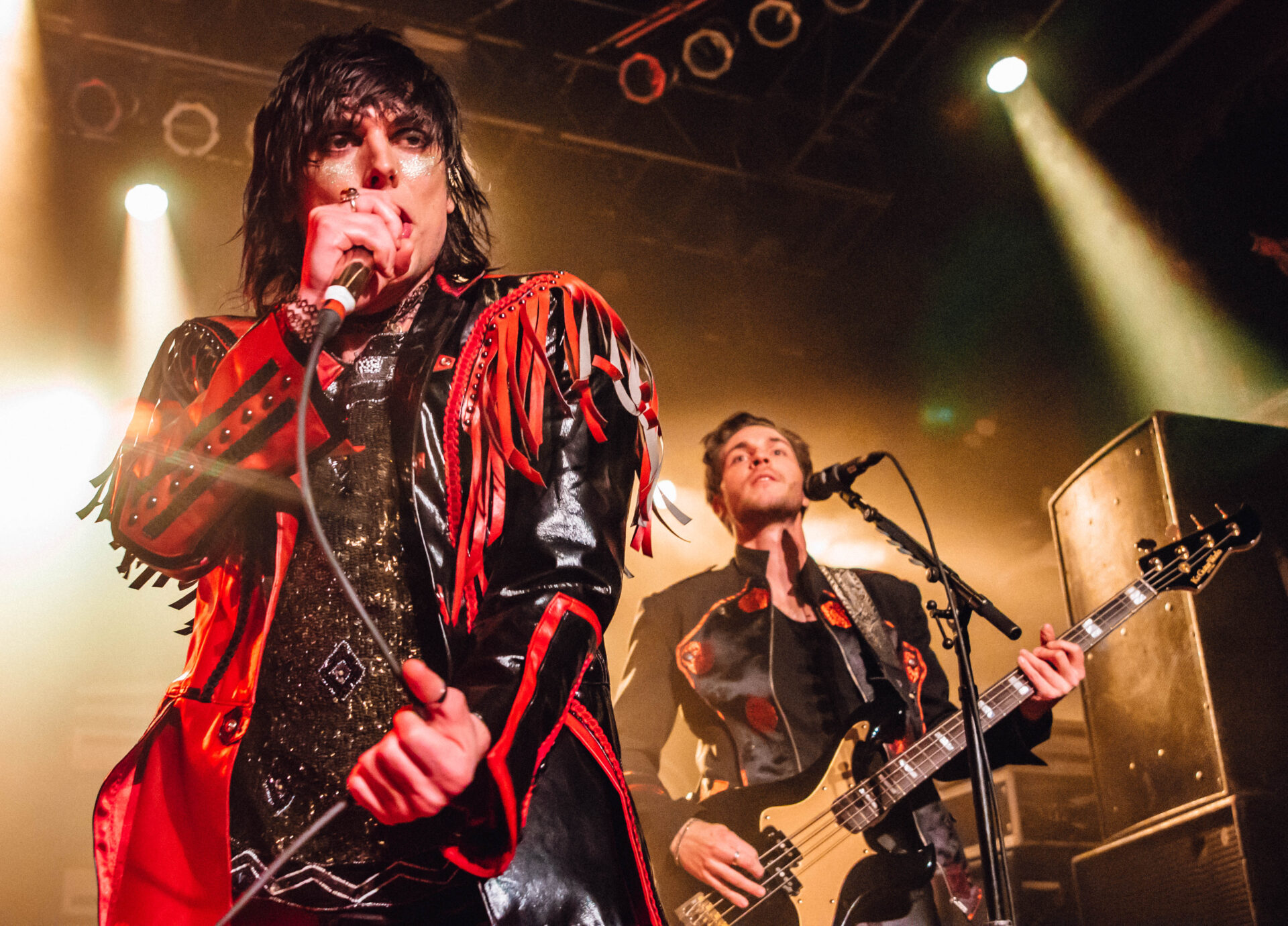In writer-director Alex Garland’s Civil War, the United States is eating itself into war through political division. Although this conflict has many factions, Garland’s story is locked into one specific view of the contentious, bloody contest of ideologies. In the world Civil War exists, these entities might as well have interchangeable faces. That might be a hard sell because each carries noticeable differences and ideals in our current two-party platform. Rather than speak to that and further investigate how history can repeat itself, like the American Civil War of the 1860s, Garland almost uses this film as a cautionary tale platform through the eyes of journalists without explicitly spelling out why the stakes are what they are.
This film banks on American society, looking at photographs from other countries drenched with rebellion and bloodshed and saying, “That can’t happen here.” It’s the belief that the government of the United States has checks in place to prevent such mass disintegration from happening. But as we know from recent years, foundations crumble, institutions wrap to the whims of whoever is in power, and pillars don’t necessarily work out for every citizen. Civil War‘s first frames are from an address from the President of the United States (Nick Offerman) stating that the Western Forces (the secessionist Western states of California and Texas) will not be victorious against the U.S. military and that everything will be fine soon. It’s unclear if this “show of confidence” is to save face, but details start to emerge as the film goes on. From there, we meet the protagonists in the film, where New York has become a warzone epicenter. Lee Smith (Kirsten Dunst) is a world-renowned conflict photographer from Reuters who has made her career capturing amazing photos from the most dangerous places. Her work partner Joel (Wagner Moura) is there with her to capture an escalating protest between citizens and police.
Things quickly go south when a suicide bomber runs into a crowd of people. Right before that moment, we see an ambitious freelance photographer, Jessie (Cailee Spaeny), trying to get into the mix but nearly getting injured. At that point, Lee gently admonishes Jessie and advises her to wear a press vest. It’s all okay because Jessie looks up to Lee’s legendary career and hopes to follow in her footsteps one day. After New York, Lee and Joel have their ambitions to venture to Washington, D.C., and capture an exclusive interview with the President. Their mentor and New York Times journalist, Sammy (Stephen McKinley Henderson), reminds them of how difficult their travels can be. Not only is most of the country torn apart, but officials at the White House are known to shoot the press indiscriminately on sight.
That alone will not stop seasoned journalists from getting “the” story, and it doesn’t do so for Lee and Joe, who agree to bring Jessie and Sammy with them. On their journey, there are stops where the audience gets to see them go alongside soldiers and separatist fighters to capture the gritty details of what is happening. It’s where Garland, cinematographer Rob Hardy. and the sound editing of Ben Barker takes center stage. The gunfire is loud and erratic; you feel every ounce of nervousness when Lee, Joel, and Jessie are out in the field, hoping they don’t get shot. If, by chance, you didn’t get how nerve-wracking and essential this job is, Civil War more than makes the case for it. In direct opposition to the speech at the film’s beginning, Garland highlights journalists as the story’s protagonists. Commentary also exists concerning the gradual desensitization of violence both in the field and throughout this world at large. Lee is used to these situations, but Jessie isn’t, and the first time in these scenarios shakes her up. It shows in her photography and progresses when she feels the adrenaline of “capturing the shot.” Pockets of towns seem unaffected by what’s happening — shooing it off as if it’s for the government to take care of.
It’s interesting because while Garland critiques our penchant for tuning out and speaks to why journalism’s essential nature, he also introduces more significant stakes from which he keeps a distance. Through conversation, we learn the President is now on a third term and has decided to disband the F.B.I., among other things. In one of the tensest scenes of the film, a rogue soldier (played by Jesse Plemons) interrogates characters at gunpoint based on how “American” their birth state sounds like. Garland has the ills of dictatorship and nationalism on his mind — if he hadn’t, he wouldn’t have introduced those things. There’s a choice not to give it any form with a double-edged sword effect.
The ultimate purpose of the press in Civil War is to chronicle what is happening and then give that back to the people to parse through. Obviously, in storytelling, there’s a difference between a director fortifying a fictional scenario. I feel that the film is aware of those facts. But there’s a noticeable difference when you paint with a broad, realistic brush, and the colors don’t exactly match the canvas of the moment. The distance in which the film meets its more prickly subjects might clash with the proposed realism of capturing the fall of democracy. Despite this, Garland’s film does work with the primary goal of championing that those who serve as record-takers of our history matter more than people believe.













